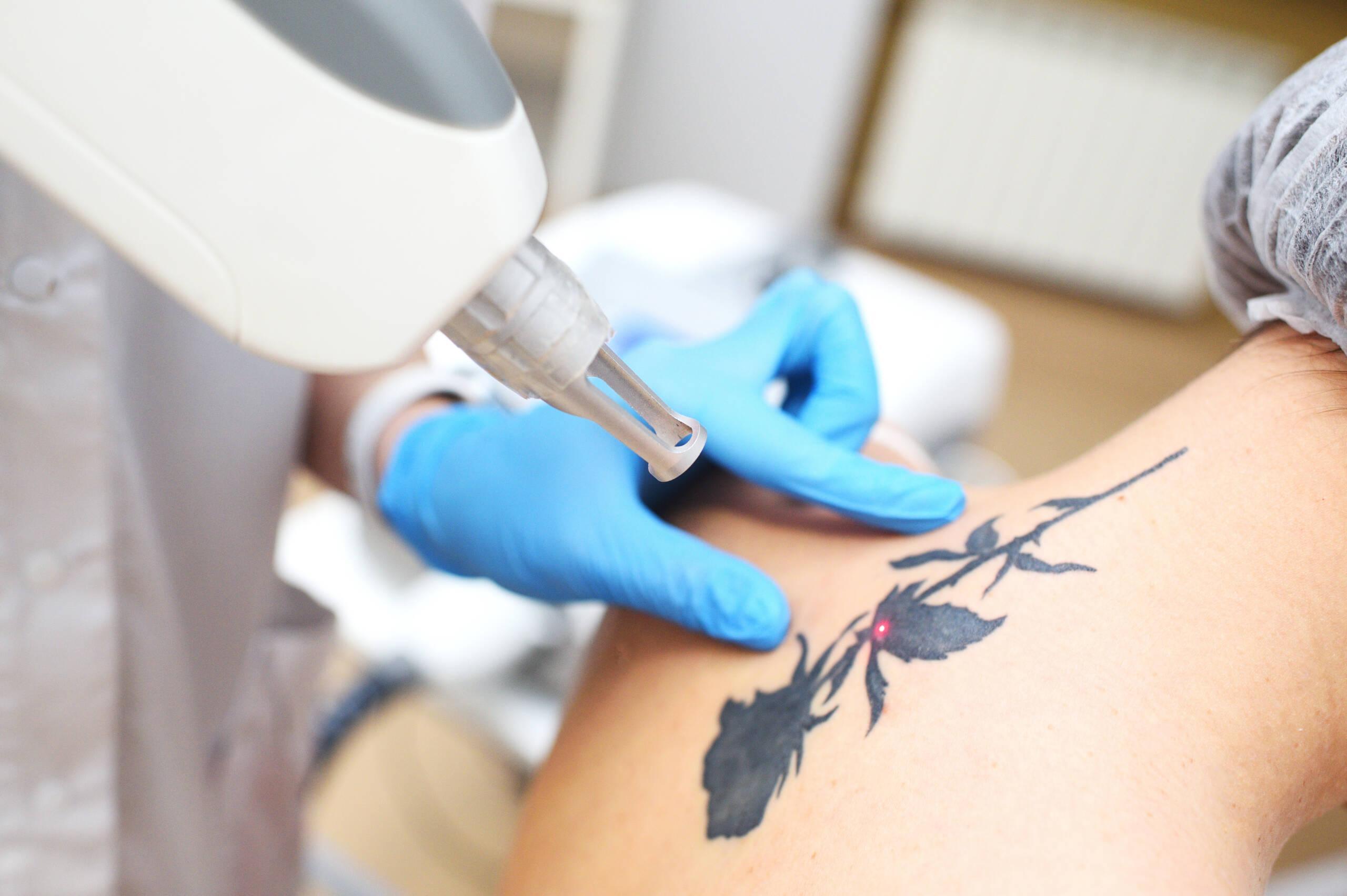Tattoos are permanent forms of self-expression, but sometimes the art you once loved no longer reflects your style, lifestyle, or personal choices. Thankfully, laser tattoo removal offers a safe, effective, and precise solution for erasing unwanted ink. Understanding the process step by step can help you make informed decisions, achieve better results, and maintain healthy skin throughout the journey.
Why People Opt for Laser Tattoo Removal
Laser tattoo removal is a popular choice for many individuals, and the reasons can be diverse:
-
Changing Personal Style: Tattoos that were meaningful years ago may no longer fit your current aesthetic.
-
Life Transitions: Ending relationships, career changes, or lifestyle shifts can motivate removal.
-
Tattoo Quality Issues: Faded, uneven, or amateur tattoos can be frustrating to live with.
-
Professional Considerations: Some workplaces prefer minimal visible tattoos.
No matter the reason, understanding the process helps ensure safe, effective outcomes.
Step 1: Consultation and Assessment
The first step in laser tattoo removal is a professional consultation. During this session, a trained specialist will:
-
Evaluate your tattoo’s size, color, location, and age.
-
Assess your skin type and overall skin health.
-
Discuss your goals and create a personalized treatment plan.
-
Determine the number of sessions likely required for complete removal.
A thorough consultation ensures the treatment plan is tailored to your specific needs, which is crucial for safety and effectiveness.
Step 2: Understanding Laser Technology
Laser tattoo removal works by breaking down tattoo ink into tiny particles using concentrated light energy. Your body’s immune system gradually removes these fragments over time.
How Different Lasers Target Ink
-
Q-Switched Nd:YAG Laser: Best for black and dark blue inks.
-
Q-Switched Alexandrite Laser: Targets blue, green, and black pigments.
-
Q-Switched Ruby Laser: Effective for lighter colors and older tattoos.
-
Picosecond Lasers: Utilize ultra-short pulses for faster ink fragmentation and fewer sessions.
Laser choice depends on tattoo color, depth, and your skin type. Advanced lasers allow precise targeting while minimizing skin damage.
Step 3: Preparing for the Session
Proper preparation enhances safety and results:
-
Avoid tanning and direct sun exposure before treatment.
-
Keep the skin hydrated and healthy.
-
Discuss any medical conditions or medications with your specialist.
-
Wear comfortable clothing that provides easy access to the tattooed area.
Pre-session preparation minimizes complications and ensures your skin responds well to the laser treatment.
Step 4: The Laser Tattoo Removal Procedure
Cleaning and Numbing
-
The area is cleaned thoroughly.
-
A topical anesthetic may be applied to reduce discomfort.
Laser Application
-
Laser pulses are applied to break down tattoo ink.
-
You may feel mild discomfort, often described as snapping or tingling.
-
The duration of the session depends on tattoo size and complexity.
Immediate Post-Treatment Care
-
The area may appear red, swollen, or slightly bruised.
-
Ice packs and soothing ointments can help reduce inflammation.
Step 5: Aftercare and Recovery
Proper aftercare is critical for healing and optimal results:
-
Keep the area clean and moisturized.
-
Avoid direct sun exposure until the skin fully heals.
-
Refrain from picking or scratching the treated area.
-
Follow all instructions provided by your specialist.
Most people see gradual fading over a few weeks, with complete clearance achieved after multiple sessions.
Step 6: Follow-Up Sessions
-
Tattoo removal typically requires several sessions, spaced 6–8 weeks apart.
-
Darker, larger, or multi-colored tattoos may need more treatments.
-
The specialist will monitor progress and adjust laser settings if necessary.
Patience is key—gradual fading allows your skin to recover fully between treatments.
Step 7: Long-Term Results and Maintenance
-
Over time, tattoos fade significantly or disappear completely.
-
Healthy skin care, hydration, and sun protection help maintain optimal results.
-
In some cases, minor touch-ups may be required for stubborn ink.
Benefits of Laser Tattoo Removal
-
Precision: Targets tattoo ink without damaging surrounding skin.
-
Safe and Minimally Invasive: No surgery or cutting is involved.
-
Customizable Treatments: Lasers can be adjusted to tattoo size, color, and skin type.
-
Gradual and Controlled Fading: Multiple sessions allow safe, predictable results.
Tips for a Successful Tattoo Removal Journey
-
Choose a certified clinic with trained specialists.
-
Follow pre-treatment and post-treatment care instructions diligently.
-
Maintain realistic expectations—tattoo removal is a gradual process.
-
Stay hydrated and support your immune system, which naturally clears fragmented ink.
Conclusion
Laser tattoo removal offers a safe, effective, and scientifically advanced way to erase unwanted tattoos. By following this step-by-step guide—from consultation to post-treatment care—you can achieve smooth, rejuvenated skin while minimizing risks. Whether you want to correct a past decision, prepare for a new tattoo, or simply reclaim your skin, modern laser technology provides a reliable path toward a clean slate.

